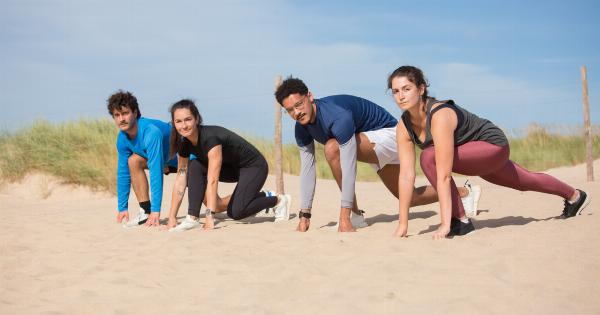Have you ever curled up in bed, snuggled under a warm blanket, only to realize that your legs are still cold? It’s a common experience, but what causes this mysterious sensation? Is it a medical condition, or is there something else at play?.
The science of cold legs
First, let’s take a look at the science of cold legs. It all comes down to circulation – specifically, blood circulation. When your body gets cold, your blood vessels narrow in order to conserve heat and keep your core body temperature up.
This process, known as vasoconstriction, reduces blood flow to your extremities – including your legs – which can cause them to feel cold and sometimes numb.
In some cases, cold feet and legs may be a symptom of an underlying medical condition. Diabetes, hypothyroidism, and peripheral artery disease (PAD) can all cause poor circulation and lead to cold extremities.
Anemia, low blood pressure, and infection can also cause cold feet and legs as your body works to distribute oxygen and nutrients to the parts that need it most.
Why do we feel cold at night?
If you experience cold legs at night, there may be other factors at play. For starters, your body temperature naturally drops at night as part of its sleep-wake cycle.
Additionally, poor circulation caused by lying still for extended periods of time can exacerbate the sensation of coldness in your legs.
Another potential culprit is anxiety or stress. During periods of stress, your body releases adrenaline, which can cause your blood vessels to constrict and make it harder for blood to flow to your extremities.
This can cause your legs to feel cold and tingly, even if they’re actually warm to the touch.
What can you do about cold legs?
If you’re experiencing cold legs on a regular basis, it’s worth talking to your doctor to rule out any underlying medical conditions. In some cases, simple lifestyle changes can also make a difference. Here are a few tips:.
Stay active: Regular exercise can improve circulation and reduce the sensation of cold legs. Try taking a walk or doing some yoga to get your blood flowing.
Keep your feet warm: Wearing warm socks or slippers can help keep your feet and legs cozy. Avoid wearing tight-fitting shoes or socks, as they can further restrict blood flow.
Elevate your legs: If you experience swelling in your legs, elevating them above your heart can help improve circulation and reduce the sensation of coldness.
Practice relaxation techniques: If stress is a factor, try incorporating relaxation techniques like meditation, deep breathing, or yoga into your bedtime routine.
Warmed by love
While cold legs can be a nuisance, there’s one simple remedy that has nothing to do with science or medicine: love. Snuggling up with a partner or pet can provide the warmth and comfort your legs crave.
The act of physical touch releases oxytocin, a hormone that promotes feelings of love and bonding. This not only improves your mood, but can also help regulate your body temperature and improve circulation – leading to warmer, cozier legs.
Conclusion
Cold legs may be a common sensation, but they can be caused by a variety of factors. By understanding the science behind cold legs and taking steps to improve circulation, you can reduce the sensation of coldness.
And if all else fails, snuggling up with a loved one can provide the warmth and comfort your legs need to stay cozy all night long.






























